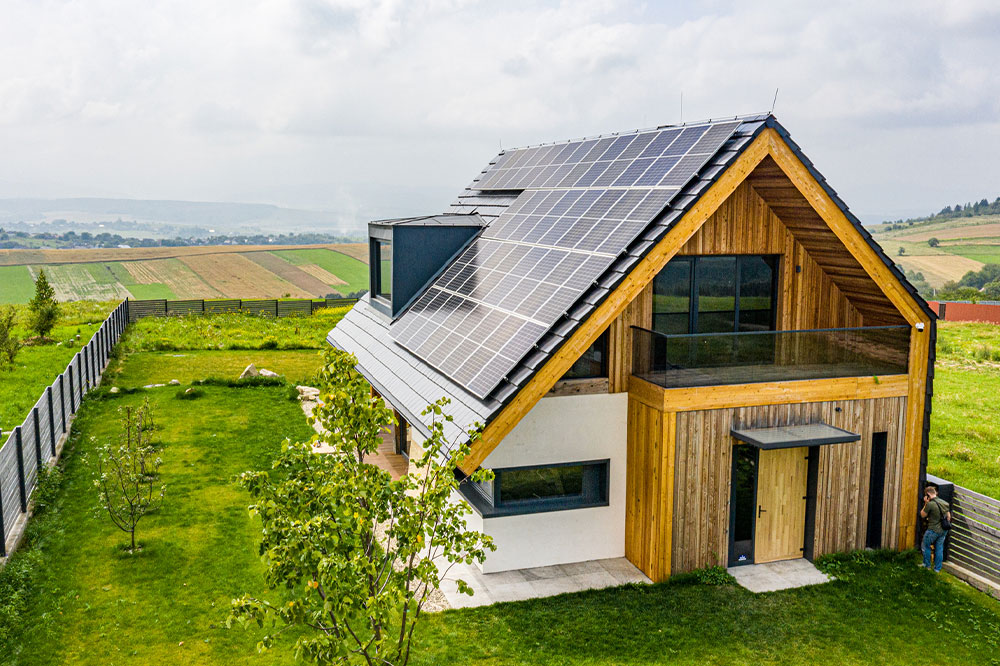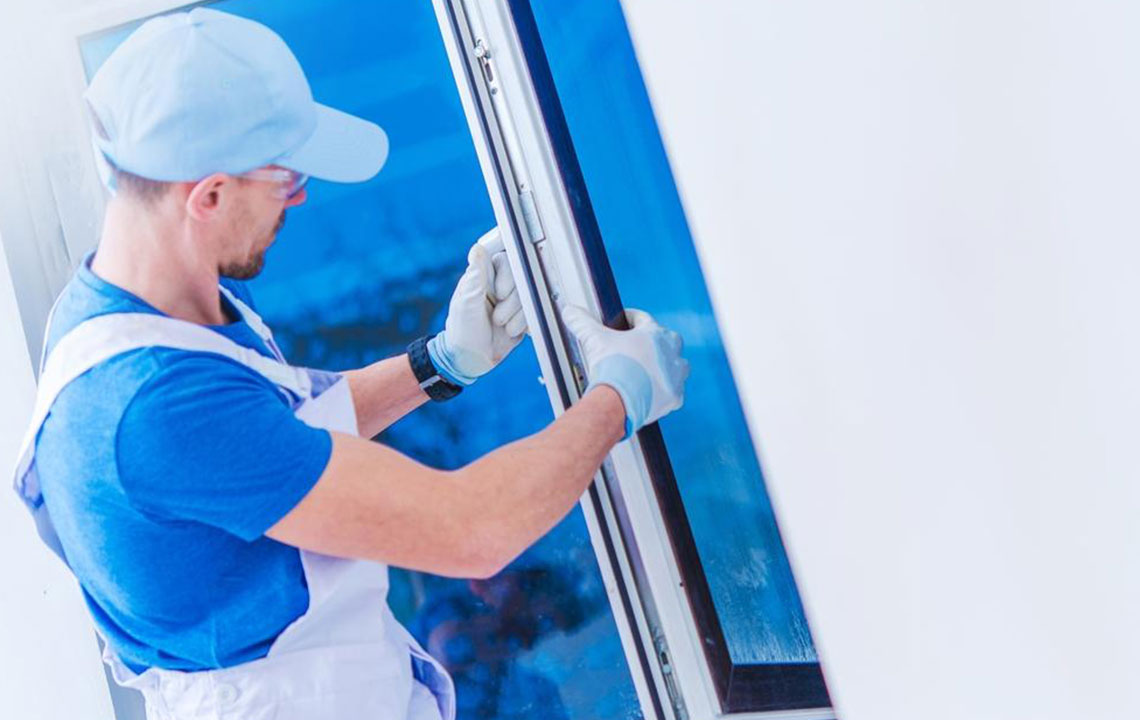Guidelines for Sustainable Home Building
Discover practical tips for building an eco-friendly home that minimizes environmental impact. From sustainable materials and passive design strategies to affordable construction, learn how to create a green residence tailored to your needs. Efficient planning and responsible choices result in a healthier, more sustainable living space for the future.

Sustainable Home Building Guidelines
Implementing eco-friendly construction practices can significantly reduce environmental impact. Proper planning and commitment are essential. Using green architectural methods and renewable materials ensures a lower ecological footprint. Upgrading to energy-saving appliances post-construction further diminishes carbon emissions. This comprehensive approach creates a comfortable, eco-conscious home that seamlessly blends with nature.
Characteristics of an Eco-Conscious Residence Building sustainably involves several key factors:
Environmental Impact Aim to reduce the home's ecological footprint by incorporating energy-efficient systems, reducing waste, and lowering emissions, thus supporting environmental preservation.
This includes integrating energy and resource-saving elements, waste minimization, and emission reduction.
Social Responsibility Designing homes accessible for people with mobility or special needs boosts social inclusion and safety.
Affordability Promoting affordable eco-friendly housing encourages wider adoption, reducing costs of future renovations and building efforts.
Important Factors for Planning an Eco-Friendly Residence
Focus on Size Smaller homes naturally require fewer resources for construction and upkeep. Building only what you need aligns with sustainability principles. Embracing minimalism reduces unnecessary consumption and promotes simplicity.
Use of Sustainable Materials Opt for certified wood, recycled insulation, reclaimed timber, and locally sourced products. Such materials enhance indoor air quality by emitting fewer volatile organic compounds, creating healthier living spaces, especially for sensitive individuals.
Passive Design Techniques Improve energy efficiency through strategic design: insulate walls well, select energy-efficient windows, and ensure airtight envelopes. Orient the building for optimal sunlight and solar panel placement. Encourage natural ventilation and temperature control.
Thoughtful Landscaping Incorporate rainwater harvesting systems, like rooftop collection, and use permeable surfaces to support groundwater recharge. Choose native, low-maintenance plants to reduce water use and mowing. Plant trees to manage runoff and provide habitats, fostering local biodiversity and ecological health.
Financial Planning for Eco Homes Construction costs typically make up about 61% of total expenses, averaging roughly $240,000 to $258,000 depending on size. Interior finishes account for around 25%, approximately $60,000-$65,000, while framing, roofing, and steelwork cost about $42,000-$44,000. Working with architects experienced in zero-energy homes can help optimize your budget and identify cost-saving measures. Proper planning ensures your eco-friendly goals are achievable within your financial limits.
Note:
This article provides an overview of sustainable building practices. While it aims to inform, it should not replace professional advice. The information may not cover all options or discounts available. Consulting experts and additional resources is recommended for best results.


